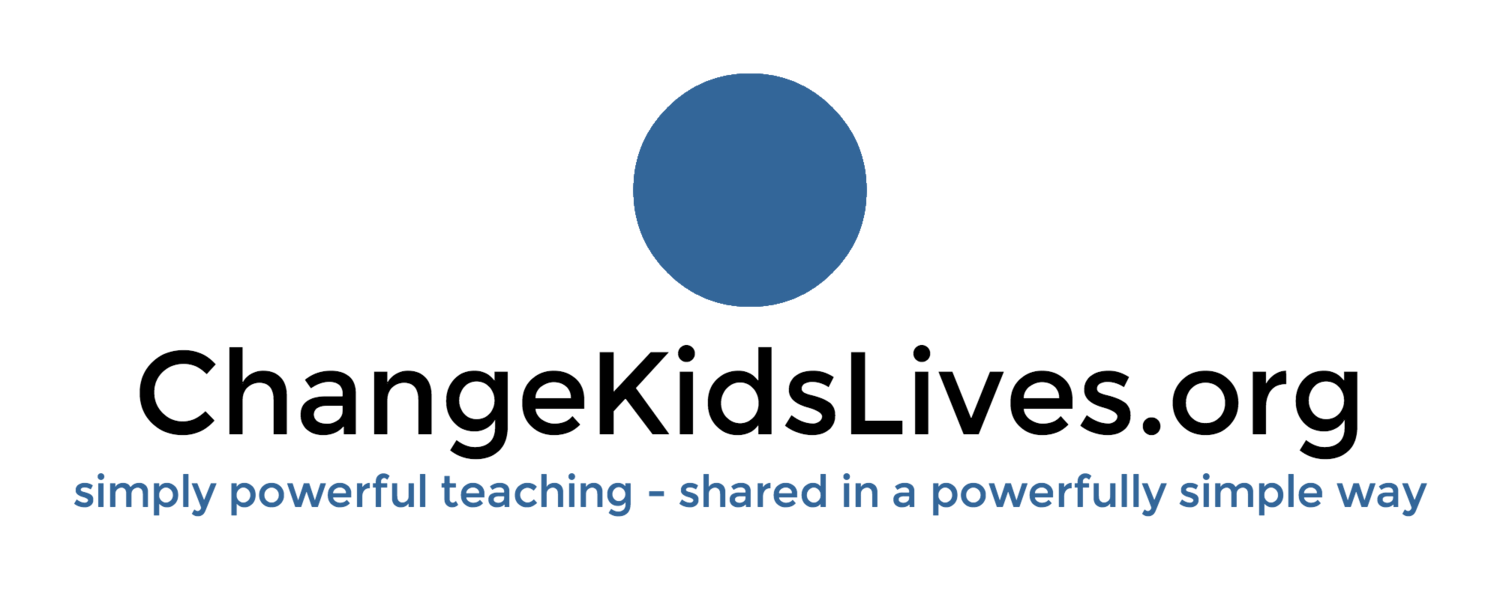Skype In Your Classroom: A Beginner's Guide
Inspired By Amy Murch
simple truth:
When we connect with others globally, it can change the way we see our world.
research tells us:
Mystery Skype is an educational experience that is growing rapidly in popularity among both students and teachers. Mystery Skype can be a powerful learning tool, as it encourages students to generate and test their hypotheses. In the popular education manual, Classroom Instruction That Works, the authors note the importance of students generating and testing hypotheses. While these mental processes are often only associated with science, through a Mystery Skype learners can generate and test a hypothesis as they "make and test predictions, consider various options, and draw conclusions."
Let's explore Mystery Skype, what makes it so useful, and how we can incorporate it in our classroom.
What is Mystery Skype? Mystery Skype is a collaborative challenge that connects two different classrooms from anywhere around the world. Once connected online, the goal is for participants to correctly identify each other's location by asking a series of student-created questions.
Why should my class participate in a Mystery Skype? A Mystery Skype provides students real-time global learning experiences and the opportunity to critically think and learn from their peers.
How do I start a Mystery Skype? Simply follow the 5 steps noted below:
1. Create your free Skype account by clicking here. Set up your profile by selecting curriculum areas, ages of students, and locations of potential Mystery Skype's.
2. After you have your Skype name, scroll through lessons being offered. If you choose a Mystery Skype, email the potential class via Skype in the Classroom to set up your date and time.
3. Once you've scheduled your first Mystery Skype, have your students identify 10 yes/no questions that apply their geography and map skills. Possible questions can include:
Are you located NW of the Ohio River?
Are you in the Central Time Zone?
Does your state's name start with a vowel?
4. Challenge students to be intentional in the order of their questions, as some questions can eliminate a greater number of locations.
5. Once the questions have been created questions, the teacher and students can choose their jobs during the Mystery Skype. Below are possible jobs and respective descriptions, though adjust for your specific classroom needs.
Greeters: These students welcome the visiting classroom into your room (though don't reveal where they're located)
Researchers: They use iPads and books for clues based on the answers provided during the Mystery Skype
Map Analysts: These individuals cross out states on whiteboard maps as answers are provided; They analyze maps and Google Earth to locate the school once the location has been found
Questioners: They take turns asking questions on the webcam
Board Patrol: These students take notes on the board to document the information learned from answers
Chatters: Once the location has been correctly identified, these individuals pose questions to learn more about their school, state, and activities they enjoy
Photographers: They capture the Mystery Skype through pictures and video, which can be tweeted out later to share the experience
DJ & Flag Patrol: These individuals play the state song once their location is correctly identified; The state flag can be waived on the webcam too
Tweeters: They tweet out the questions and answers using the # being used; Consider including @MysterySkype and @SkypeClassroom within your tweets to maximize exposure
Closers: These students thank the classroom for their time and collaboration, and they can wish them a great rest of the year
Pinners: They put Post-It notes on the classroom map, which identifies what they learned about that state; They can also identify each state that they've Mystery Skyped during the year
THIS STRATEGY IS INSPIRED BY:
Amy Murch
4th Grade Teacher & Technology Coach
Fishers, Indiana
Twitter @TeamMurch4
Interesting Fact: I love adventures! My husband and I backpacked through Europe, including Barcelona when Spain won the World Cup, Paris on Bastille Day, and in Pamplona during the Running of the Bulls. I didn't run, but my husband did!
Educational Interests: I use Skype and Twitter weekly to learn from experts, create friendships, and participate in global educational movements. Last year my class connected with 45 states and 5 different countries!
"I teach my learners through global connections because I know real-time interactions and relationships change kids' lives."
-Amy Murch
try this:
Consider forming ongoing partnerships with those you Mystery Skype. Projects can include exchanging read-alouds, pen pals, blogging, etc.
You can have students chart data about the other class by using graphs and graphic organizers.
When scheduling international Mystery Skype's, consider the time zone. If the time provides a scheduling challenge, you can still leave video messages.
Consider playing Mystery Number, where students guess the number the other class has chosen by posing 15-20 yes/no questions. Have your students use a 100's grid to cross out numbers based on answers provided. At the game's end, it can be fun to reveal why your class chose that specific number.
Explore other educational Skype opportunities including:
Skype Experts: Invite experts to conduct a lesson with your students. There are a plethora of lessons based on any curriculum area.
The Global Read Aloud: Classrooms around the world read the same book aloud at the same pace. Students can Skype or blog to exchange book talks and craft ideas.
Hour of Code: Schedule a computer programmer to talk with your class about what their job entails and the importance of using code.
Literacy Month: March is designated this month on Skype. You can connect with authors, illustrators, and publishing companies to learn more about the writing process.
review & share this:
For additional reading and referenced research, click here.


